What Is Quantum Computing? Guide to Revolutionary Tech
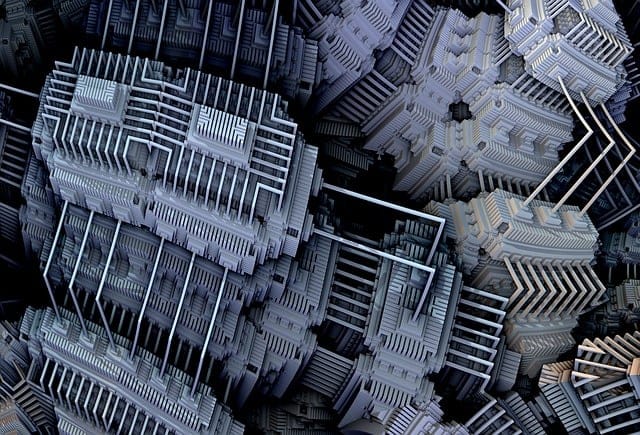
All the computers we use today are made of silicon transistors. The size of these transistors is getting smaller and smaller. And the power is getting bigger and bigger. But there is a physical limit to how far this technology can go.
How Quantum Tunneling Powers Next-Generation Computing
If two conductors in a circuit like this are brought close enough together, an electron from one conductor can disappear and emerge from the other conductor. Similarly, if the size of a transistor's gate is made smaller than a certain amount, an electron can disappear from one side of the gate and emerge from the other. We call this quantum tunneling. So if this thing starts happening, this circuit will completely break down. So now you understand that the reason why these silicon circuits cannot be improved beyond a single level is because of the mysterious behavior of these quantum particles that we still cannot understand today.
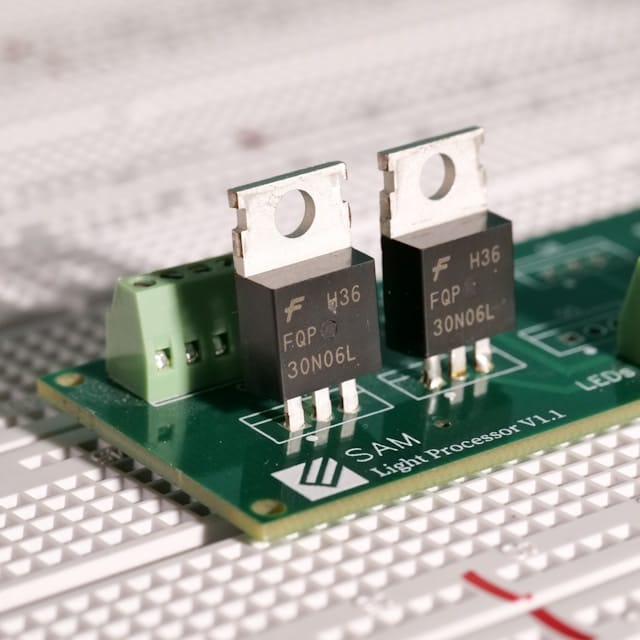
What is Quantum Computing
Scientists have now been able to harness the mysterious behavior of these quantum particles to create cutting-edge computing technology. While this is not a complete replacement for silicon computers, it can provide processing power that we can't even imagine for some tasks. This is called quantum computing.
In a typical computer, data is stored in bits, which are ones(1) and zeros(0). When electricity passes through a transistor, we treat it as a 1. When there is no electricity flowing, it is considered a 0. If we have two bits like this, we can make four combinations, if we have three bits, we can make eight combinations, and if we have four bits, we can make a sixteen combinations. That means we can create as many combinations here as the power of the number of bits in these two.
Instead of a bit, a quantum computer uses a quantum particle. We call this a Qubit. It can use any quantum particle, such as an electron or a photon. But in practice, the outermost electron of the phosphorus atom is used for this. When the spin of this electron is up, we consider it as 1, and when the spin is down, we consider it as 0. Similarly, this spin can also be controlled using an electromagnetic field.
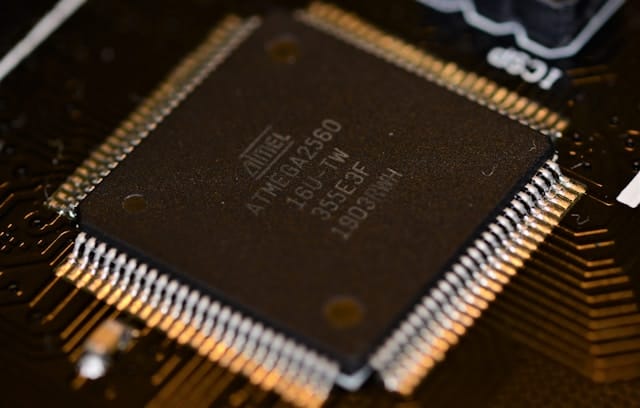
Understanding Quantum Superposition: The Core of Quantum Computing Power
So, from what you've heard so far, you might think that a silicon computer and a quantum computer are the same. But these quantum particles can behave in very strange ways. The spin of this electron can be up, it can be down, and even when we are not observing it, this electron can maintain this spin both up and down. We call this Quantum Superposition.
So, inside this quantum computer, we have been able to use this quantum superposition to increase its processing power in ways we can't even imagine. If a normal computer has two bits, then we can create four combinations there. But only one combination can be used at a time. But if there are two qubits in a quantum computer, then we can create four combinations. But because of the quantum superposition, all four of these combinations exist at the same time, which means we can use them simultaneously.
If there were about twenty such qubits, a quantum computer could simultaneously maintain about a million such combinations. If there were about sixty qubits, a quantum computer could simultaneously maintain the same number of combinations as there are particles in the entire universe.
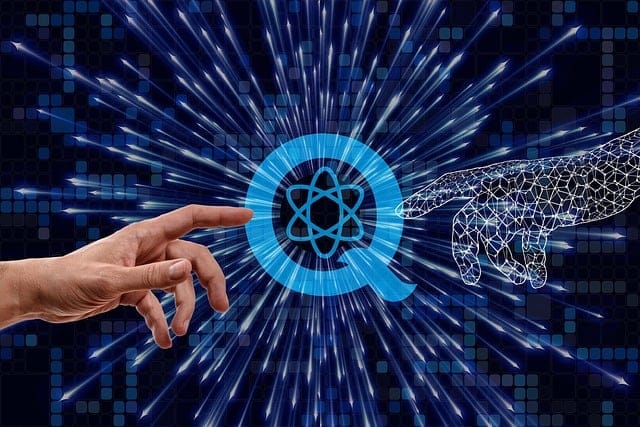
Practical Applications: What Quantum Computers Are Used For Today
So you probably understand now that this quantum computer is not designed to do everything a regular computer can do. It is specifically designed to do a huge number of calculations at once, that is, for parallel processing.
If we use this quantum computer to do the work we normally do, we will not see such special speed, sometimes it may even be slower than a silicon computer.
Using these quantum computers, we can search databases. When a normal computer searches a database, it checks the options one by one. However, a quantum computer can check a huge number of such options at once, significantly reducing the time it takes to search a database.
Quantum Computing and Data Security: Revolutionizing Encryption Methods
We use encryption codes to protect our data. To break such an encryption code, it requires brute force, meaning that each combination has to be tried separately. Today's supercomputers would take trillions of years to do this. But if there is a quantum computer, a large number of these combinations can be performed simultaneously, significantly reducing the time it takes to perform this brute force. That means that once these quantum computers start being used in practice, we will have to rethink the security of our data.
Scientists run simulations to understand the nature of the universe, the nature of the weather, and even the nature of DNA molecules. When doing such simulations, a huge amount of calculations are performed. This takes a lot of time. But if we had a quantum computer, we would be able to do a large number of these calculations at once and significantly reduce the time spent on these simulations.
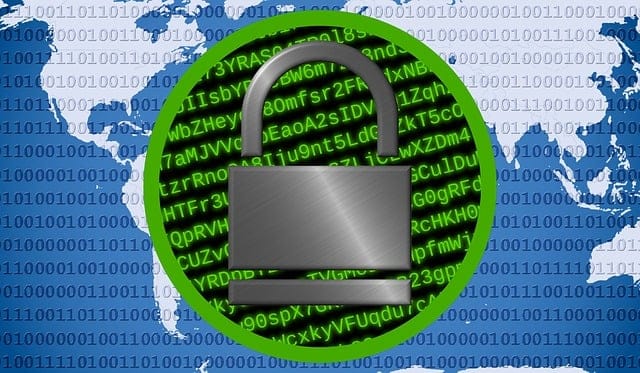
The Future of Quantum Computing: Innovations on the Horizon
Scientists have already been able to test this quantum computer in practice. D Wave is one such computer. However, very specific environmental conditions are required to operate such a computer.
And we can't see what's going on inside a computer like this while it's working, because this quantum superposition only exists as long as we don't observe it. This quantum computing technology is still in its very early stages, so it's too early to say how it will develop in the future and how our lives will change as a result.